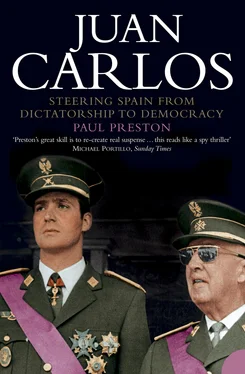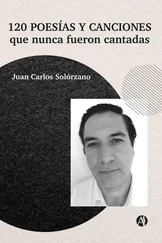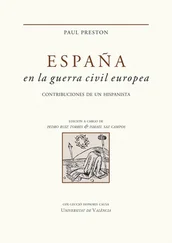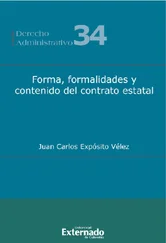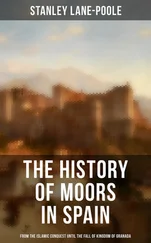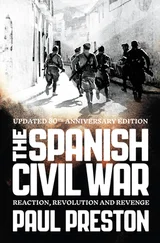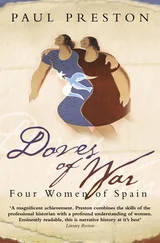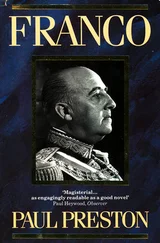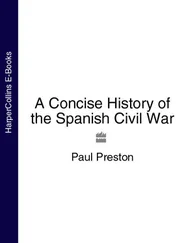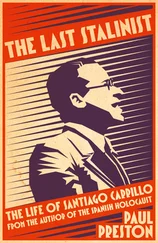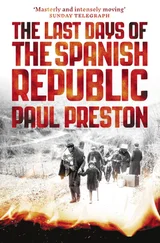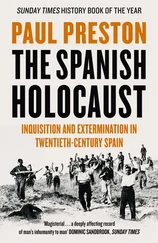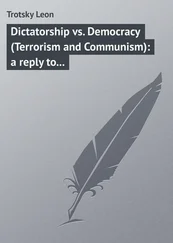Juan Carlos enjoyed being an ordinary cadet and even made an effort to prevent the teaching staff giving him preferential treatment. He once complained, for instance, that the mathematics tutor gave him an undeserved grade. According to his fellow students, the Prince had a ‘natural sense of justice’. Prudently, he used his special status only in order to help others. For instance, when a companion had been punished for some misdemeanour by being deprived of pudding, Juan Carlos would complain that there was something wrong with his helping in order to get an extra one to pass to the friend. 12
Nevertheless, it was inevitable that there would be differences in the way that Juan Carlos was treated at the Zaragoza military academy. He travelled into the centre of Zaragoza by car, a black SEAT 1500, whereas his contemporaries did so by tram. Although, while out on manoeuvres, he slept on the floor of a tent like everyone else, in the academy, he had an independent, though small, bedroom, while the others slept in communal dormitories. According to one of his Zaragoza companions, Juan Carlos’s bedroom, which was situated above the infirmary, was Spartan. The only objects in it, besides a bed and a desk, were a multiple photograph frame displaying the pictures of all of the Borbón kings of Spain – including his father. He had pictures of his mother, his brother and his two sisters and a girlfriend, María Gabriella di Savoia. His book collection was small – a few textbooks and next to his bed usually was a novel by Marcial Lafuente Estefanía, from the ‘Rodeo’ collection of western stories popular at the time. Juan Carlos enjoyed less freedom than the others. He was obliged to have extra lessons and saw his private tutors during the morning period that should have been for individual study, during the afternoon breaks and sometimes at weekends. On the occasions when it was possible to go out for drinks in Zaragoza with his friends, they were delighted to be able to use his status and his unusual blond good looks as a ploy to get to know girls. When the cadets were on trains en route to camp, at each station women would come out to say hello to him. His ability to pick up girls was as unlimited as a capacity for falling briefly in love. 13
In March 1956, there occurred an incident which totally diverted Juan Carlos from any thoughts of girls or even of the crown. He and his 14-year-old brother had travelled from Spain on the Lusitania Express to spend the Easter holidays in Estoril with their parents and sisters. It was the first time for some months that Don Juan and Doña María de las Mercedes had had all four of their children together. Alfonsito was a pupil at the lycée in Madrid and was about to become a cadet at the Spanish naval college at Marín near Pontevedra. Alfonsito was regarded as the family favourite, witty, intelligent and more simpático than his rather introspective elder brother. His passion for golf and sailing had brought him particularly close to Don Juan. 14
On 29 March, Maundy Thursday, the entire family, dressed in black, attended morning mass and took communion at the small church of San Antonio de Estoril near the sea front. The principal Maundy Thursday service, which they also intended to attend, would not take place until the evening. In those days, Catholics still had to prepare for communion by fasting from midnight of the previous day. Rather than fast for 24 hours, the family had taken communion at the early mass. After a frugal lunch, Don Juan and Juan Carlos accompanied Alfonsito to the Estoril golf club where he was taking part in a competition (the Taça Visconde Pereira de Machado ). Despite the cold blustery weather, Alfonsito won the semi-final and was looking forward to playing in the final on Easter Saturday. With no sign of a let-up in the cold wind and showers, the Spanish royal family went home. At 6 p.m. they attended the evening mass in the church of San Antonio and then returned home. At 8.30 p.m., the car of the family doctor, Joaquín Abreu Loureiro, screeched to a halt outside the Villa Giralda. Apparently, Juan Carlos and Alfonsito had been in the games room on the first floor of the house, engaged in target practice with a small calibre. 22 revolver, while waiting for dinner. A recent gift, the pistol was, at any reasonable distance, relatively innocuous. Nevertheless, there had been an accident in which Alfonso was shot and died almost immediately.
On Friday 30 March, the Portuguese press carried a laconic official communiqué about Alfonso’s death issued by the Spanish Embassy in Lisbon. ‘Whilst his Highness the Infante Alfonso was cleaning a revolver last evening with his brother, a shot was fired hitting his forehead and killing him in a few minutes. The accident took place at 20.30 hours, after the Infante’s return from the Maundy Thursday religious service, during which he had received holy communion.’ The decision to make this anodyne statement and to impose a blanket of silence over the details was taken personally by Franco. 15
Inevitably, however, there were rumours that the gun had been in Juan Carlos’s hands at the time of the fatal shot. Within three weeks, these rumours were being stated as undisputed fact in the Italian press. 16 They were not denied by Don Juan at the time nor have they ever been denied by Juan Carlos since. Shortly after tire accident, Gonzalo Fernández de la Mora, a monarchist and member of Opus Dei on Don Juan’s Privy Council who later served Franco as Minister of Public Works, met Pedro Sainz Rodríguez and commented later: ‘His short and portly figure was woebegone because a pistol had gone off in Prince Juan Carlos’s hand and killed his brother Alfonso.’ It is now widely accepted that Juan Carlos’s finger was on the trigger when the fatal shot was fired. 17
In her autobiography, Doña María de las Mercedes neither denied nor confirmed that it was Juan Carlos who was holding the gun when it went off. On the other hand, she directly contradicted the official statement. Doña María explained that, on the previous day, the boys had been fooling around with the gun, shooting at streetlamps. Because of this, Don Juan had forbidden them to play with the weapon. While waiting for the evening service, the two boys became bored and went upstairs to play with the gun again. They were getting ready to shoot at a target when the gun went off shortly after 8 p.m. 18 One possibility, later suggested by Doña María to her dressmaker, Josefina Carolo, is that Juan Carlos playfully pointed it at Alfonsito and, unaware that the gun was loaded, pulled the trigger. In similar terms, Juan Carlos apparently told a Portuguese friend, Bernardo Arnoso, that he pulled the trigger not knowing that the gun was loaded, and that it went off and the bullet ricocheted off a wall and hit Alfonsito in the face. The most plausible suggestion, possibly made by the boys’ sister Pilar to the Greek author Helena Matheopoulos, is that Alfonsito left the room to get a snack for himself and Juan Carlos. Returning with his hands full, he pushed the door open with his shoulder. The door knocked into his brother’s arm. Juan Carlos involuntarily pulled the trigger just as Alfonsito’s head appeared around the door. 19
Doña María de las Mercedes later recalled: ‘I was reading in my drawing room, and Don Juan was in his study, next door. Suddenly, I heard Juanito coming down the stairs telling the girl who worked for us: “No, I must tell them myself”. My heart stood still.’ 20 Both parents ran upstairs to the games room where they found their son lying in a pool of blood. Don Juan tried to revive him but the boy died in his arms. He placed a Spanish flag over him and, according to Antonio Eraso, a friend of Alfonsito, turned to Juan Carlos and said, ‘Swear to me that you didn’t do it on purpose.’ 21
Читать дальше
